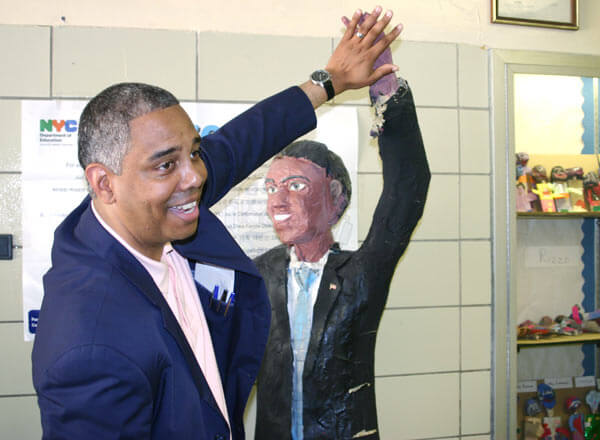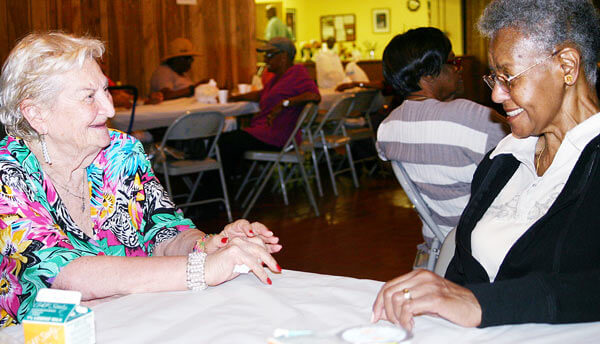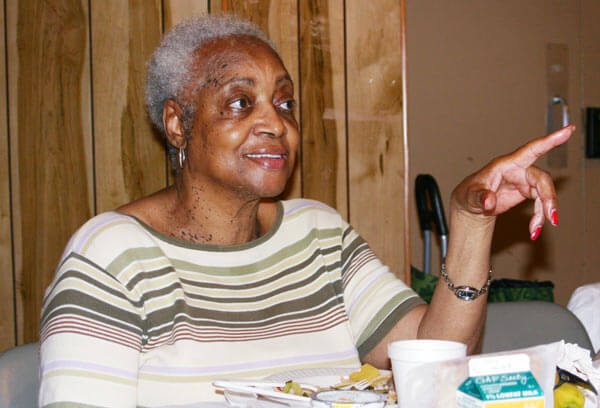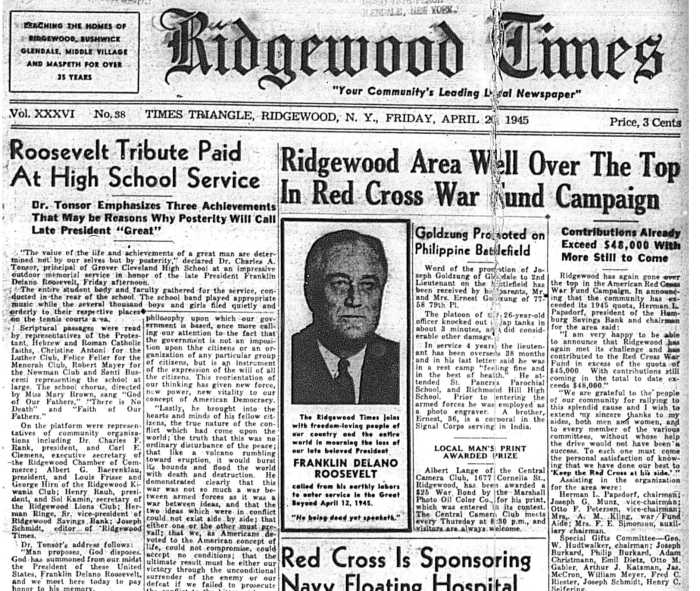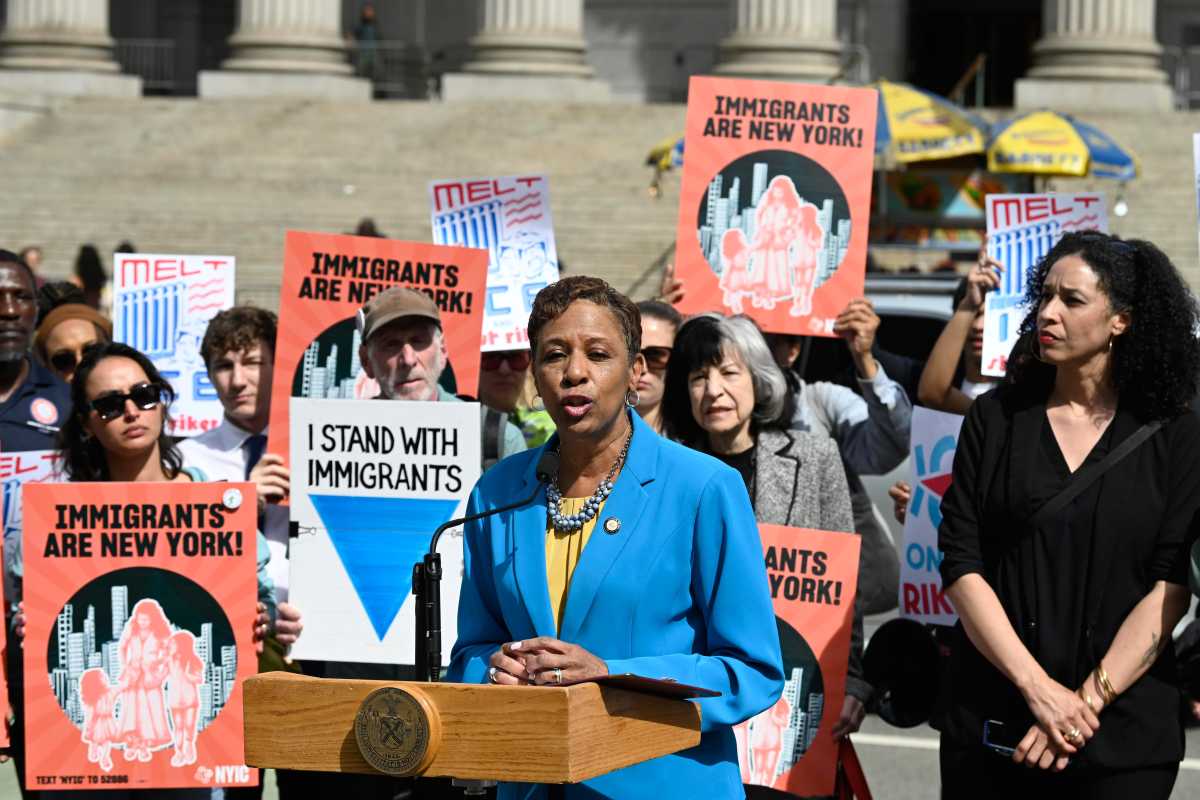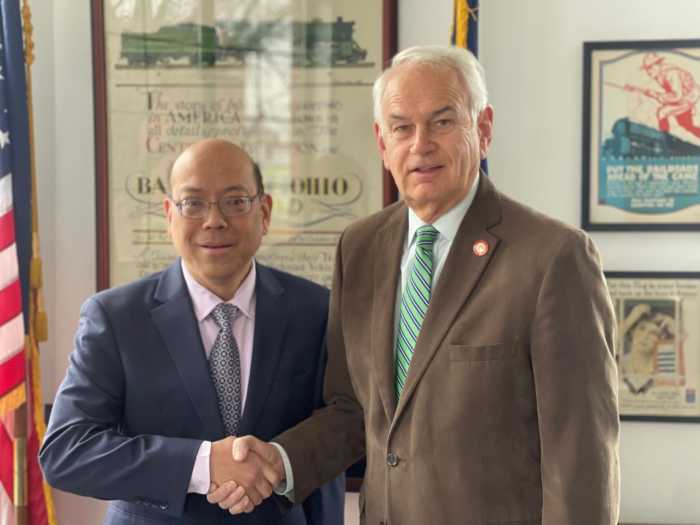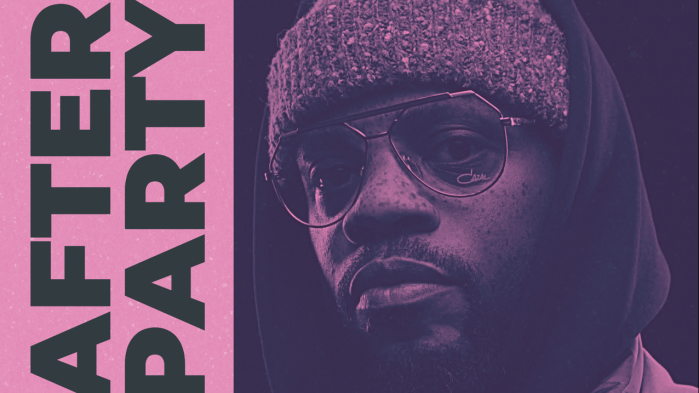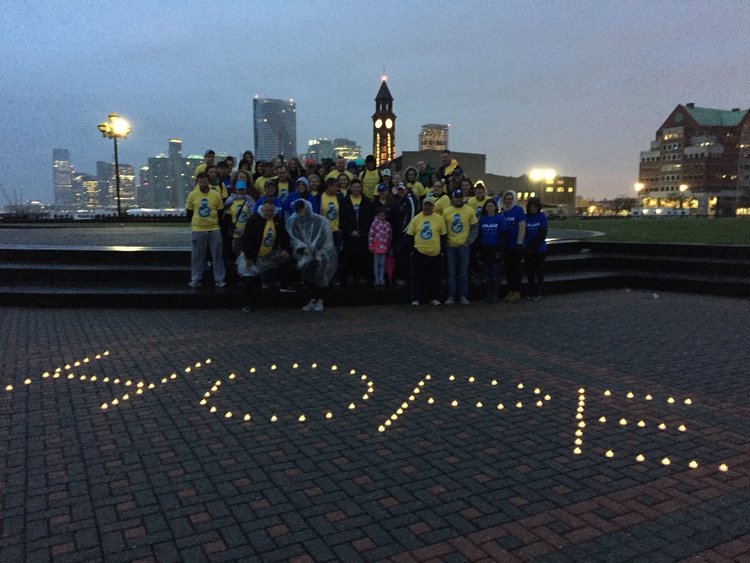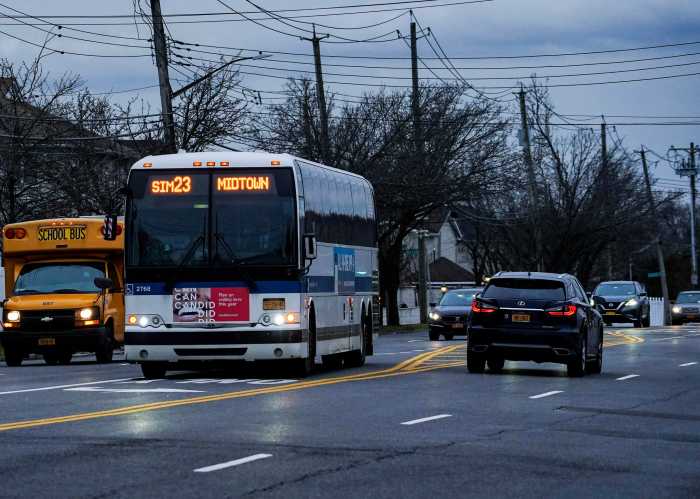By Rich Bockmann
When it was conceived amid the turbulence of the civil rights era, Rochdale Village in southeast Queens was expected to be the paragon of the progressive movement in integrated housing, a vision that ultimately did not take hold with the cooperative’s residents.
But today Rochdale is considered a bastion of the middle class in the black community, and as the cooperative celebrates its 50th anniversary later this month residents plan to look at half a century of Rochdale history and another 50 years to come.
When the developers of Rochdale first came up with the idea for an integrated co-op housing project in the 1950s, southeast Queens was already predominantly black, and while the ideas of the civil rights era were taking hold, its reforms had not yet been codified.
The Civil Rights Act would not be signed until 1964 and the Fair Housing Act of 1968, which outlawed housing discrimination based on race, would not be enacted until five years after Rochdale opened.
“Rochdale was doing something unusual at the time. It was trying to be an integrated co-op during a time when it was legal to set up barriers to race in terms of housing,” Queens historian Jack Eichenbaum said. “Many cooperative developments in Queens at that time were mono-racial: Deepdale, Glen Oaks. They were all pretty much white. Rochdale was attempting to do something very bold.”
Dubbed “The Jewel of Jamaica,” Rochdale was the brainchild of the United Housing Federation — which had its roots in the Jewish labor movement — and master builder Robert Moses, who was delighted to get his hands on 120 acres of clear land when the Jamaica Race Course site became available in the late ’50s.
The course, situated next to the Locust Manor Long Island Rail Road station, was sold by the Greater New York Association, the progenitor of today’s New York Racing Association, which decided to pump $34.5 million into an expansion of nearby Aqueduct Racetrack.
Rochdale Village, named after the English town where the principles of cooperation were first laid out in the 19th century, was at the time the largest development of its kind in the world and would be surpassed only by the UHF’s Co-op City in the Bronx. The 20 buildings contained 5,860 rooms and, when fully occupied, housed more than 25,000 cooperatives, as the residences are known.
The development used to boast its own co-op markets and — much to the chagrin of Con Edison — its own power plant that has kept the lights on through blackouts, blizzards and superstorms.
The cooperative was built as a Mitchell-Lama project — which provided low-interest mortgages and tax abatements in exchange for regulated prices and carrying charges — and was financed to the tune of $86 million through state agencies.
An ad placed in The New York Times in 1961 boasted an average carrying charge — maintenance costs plus payments to the mortgage — of $21 per room.
Today, Rochdale is proud that it has the lowest monthly carrying charges for any Mitchell-Lama development in the city, with an average monthly carrying charge of about $200 per room.
The first 18 families moved in during December 1963.
Jacqueline Scott, 85, was the first person to lay claim to her apartment. Scott, who is white, moved to Rochdale from Brooklyn with her two young sons from an interracial marriage.
“My best girlfriend was a registered nurse working two jobs. When I asked her why she was working so much, she told me it was because she was saving up to move to Rochdale,” Scott recalled recently as she sat for lunch inside Rochdale’s senior center. “So I said, ‘I’m going to move in, too.’”
“You got a lot for your money. You only pay one bill, unless you have a parking spot.” Scott explained. “You can’t beat the [carrying charges] for the rooms.”
When Rochdale Village opened, its population was about 80 percent white with the majority of those families coming from Jewish backgrounds.
“Being in New York, the Jewish community had a reputation for good schools,” said Manhattan historian emeritus Cal Jones, explaining why he decided to move his family to Rochdale from Harlem in 1965.
By 1965, Rochdale had more than 140 clubs, many of which had integrated chapters. But most of the residents were motivated to move to southeast Queens by Rochdale’s attractive prices as opposed to their progressive ideals, according to historian Peter Eisenstadt, and the co-op did not quite live up to the utopian dream of its developers.
The company that constructed Rochdale had barred black workers and demonstrators protested the site.
Due to rising crime and tension over schools, white families were moving out of Rochdale at a rapid rate, and Eisenstadt blames Rochdale’s ultimate and final segregation on a divisive teachers’ strike in 1968.
“The strike, which directly pitted blacks against Jews in ever-escalating volleys of rhetorical violence, irreparably destroyed the fabric of the integration in Rochdale,” he wrote. “After the damage wrought by the 11-week strike had cleared, there was no longer a constituency, or political future, in supporting integration in Rochdale or the city at large. The strike lingered as an unhealed wound.”
Madeline Pickett, 80, was a teacher at Eastern District High School in Williamsburg, Brooklyn, during the time, and she recalled how the strike affected Rochdale.
“It was very contentious. There were a lot of hard feelings after the strike. You selected your side and you stuck with it,” she said. “Part of it was racial. We were fighting for certain rights and privileges, conditions, salaries.”
By the late ’70s the 80/20 racial split of white to black had been reversed, and today Rochdale is predominantly black, segregated not by policy but by choice.
But those who decided to build their families at Rochdale said it provided them the middle-class life they had dreamed of.
City Councilman Ruben Wills (D-Jamaica) noted the co-op is a naturally occurring retirement community with many of the original residents still there.
“Some people are called ‘lifers’ because they’ve been there since the very beginning,” he said. “Some families are multi-generational.”
Jones and his wife moved back to Harlem in 1975 after they had happily raised their family at Rochdale.
“I think that to me was the most gratifying and really added to the results of our having prospered to the point we have,” said Jones, the Manhattan historian. “Really, Rochdale could not have been any more of a success or a vehicle for success.”
Jones is part of the committee putting together a symposium for a June 29 gala feting Rochdale Village’s 50th anniversary. It will be held inside the Rochdale’s ballroom, which recently reopened following its first renovation since the co-op opened.
“A lot happened in these 20 buildings over the past 50 years,” the invitation reads. “We had dances, we had meetings, we had children, we had protests, we had friendships, we had strikes. We experienced moments of great divisiveness and moments of great unity. We were a diverse community learning to live together. We were a community learning to organize for good. We were a community that learned from each other.”
And despite the fact that integration ultimately did not take hold, it is not a goal totally given up on.
One of Rochdale’s schools, PS 80, is in the application process for a federal grant to develop a debate program through a partnership with CUNY Law School.
The U.S. Department of Education’s Magnet Schools Assistance program supports the voluntary desegregation of schools, and Principal Cassandra Cox said the debate program will aim to draw students from all over the borough — particularly from the white neighborhoods in the northeast — to southeast Queens.
“It’s a wonderful thing,” she said. “Children are exposed to a lot of different experiences.”
Reach reporter Rich Bockmann by e-mail at rbockmann@cnglocal.com or by phone at 718-260-4574.


